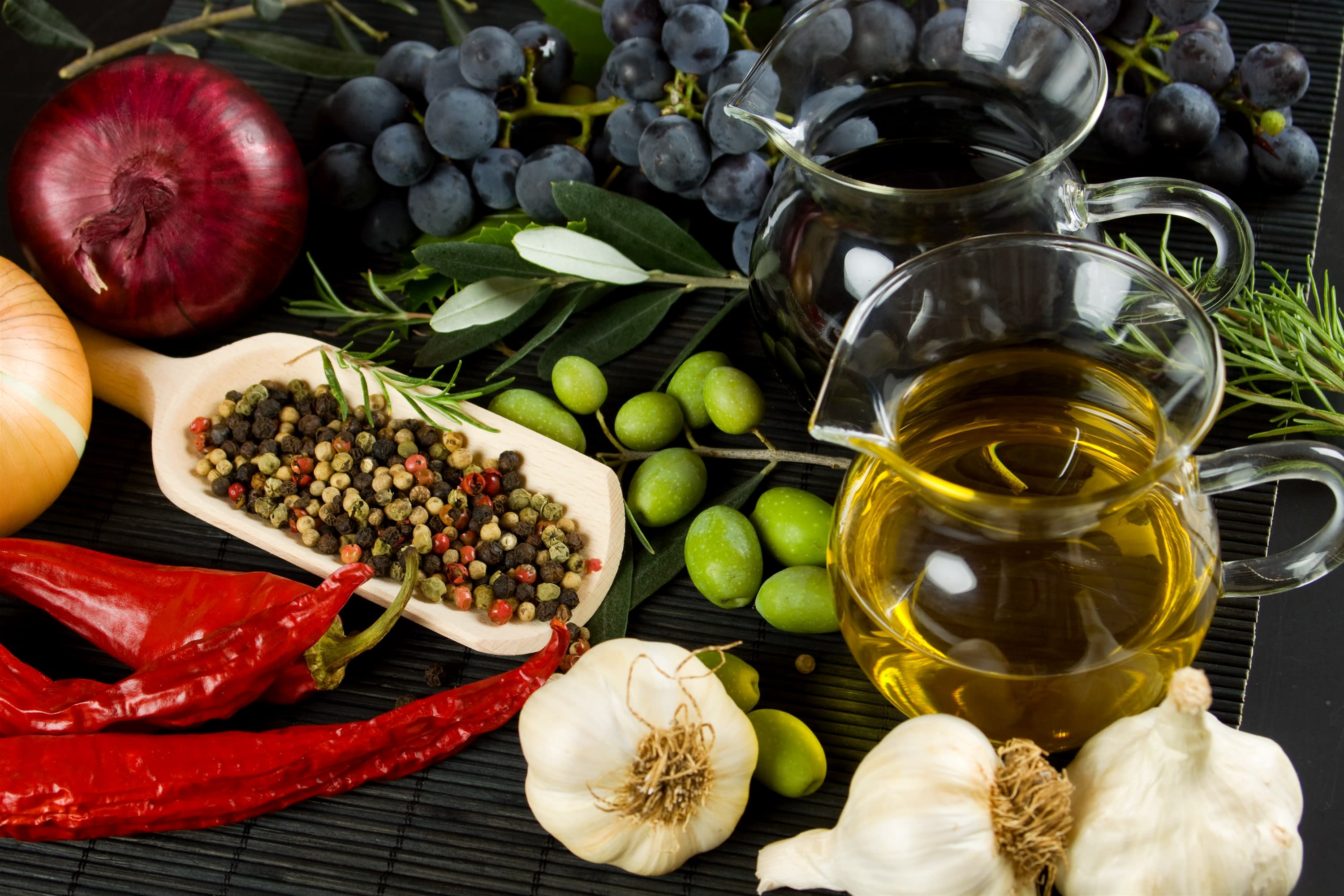
I returned recently from a cruise in the Mediterranean, plump and exhausted. It was one of those it’s-Thursday-it-must-be-Istanbul kind of vacations. The kind of trip where the passengers squeeze each day into super-chilled tour buses for a day spent stumbling among tumbled columns washed down with five dollar bottles of tepid mineral water. I must confess that I too, dutifully snapped pictures of the Parthenon and of Ephesus but let’s face it, isn’t the real reason you schlep all the way up to the top of the Acropolis so you can justify a multi-course lunch in the shade? OK, at least part of the reason?
One of the points that is driven home awfully quickly when you see so many countries in a couple of weeks is how similar the Mediterranean really is. Not that I should be surprised. The climate and geography unify the region, obviously, but so does history. All those broken columns in Naples, Istanbul or Delos look the same because they were built by the Greeks—or the Romans copying the Greeks. Still my history teacher never pointed out how similar lunch in Barcelona and Mykonos would be. There’s bread, fish and olive oil—that’s been a constant since Homer and Virgil—but there’s also all those newcomers: eggplant, artichokes and oranges; tomatoes, peppers and beans. All introduced into the Mediterranean long after the Roman Empire had crumbled. But here’s the curious bit: when these fruits and vegetables spread across the region some five hundred years ago there was just the opposite of political unity. The Mediterranean was irrevocably split between east and west, between north and south, between the Muslim world and Christendom. And yet if there’s one thing that can unite a Spaniard and a Turk today, it is the grilled hot peppers they serve at lunch or the powdered chili they stir into their food.
I have a theory how this happened, at least when it comes to chilies, though the hypothesis could probably be extended to some of the other newcomers as well. But let’s stick to chilies. Chilies, whether hot or sweet are all native to the New World. When Columbus arrived in the Caribbean on his first misguided voyage, he tripped across at least two varieties. Next thing you know, they’re being cultivated in Spain. It seems that Spanish peasants liked to use them ground up to color food much as the rich folk used saffron. But remember that 1492 not only marks the “discovery” of America but also Isabel’s expulsion of Jews and Muslims from Spain and a century or more of persecution of anyone suspected of Judaism in the Iberian peninsula.
The reaction within the Jewish community varied. Some converted—which often did them no good. Many left, most to North Africa, many to Turkey and some to Italy and Holland. Early on, a lot of Jews (or “former” Jews) who were active in the trans-Atlantic trade set up shop in the New World where the Holy Inquisition couldn’t find them as easily. Authorities in Seville complained that Peru had become a Jewish colony.
Now isn’t it interesting that it is precisely those places settled by the Sephardic Diaspora that have ended up with spiciest Mediterranean food. Think Morocco, Tunisia and Turkey. In Italy, the peperoncino tends to be more popular in the south where the Spanish influence was the strongest. In Turkey the linguistic clues are even more telling. There, chili peppers are known as biber aci, clearly derived from the native Caribbean word aji which would imply that they made the trip without a stopover in Spain. The only group of people who flitted regularly between the east and west during those troubled times were the Sephardic Jews so it makes sense that they were the ones to introduce the world’s favorite spice to the good citizens of Naples and Istanbul alike. The Caesars planted great forests of columns. The Lopez’s left behind fields of chili peppers.
Well that’s my theory at any rate. It’s all circumstantial evidence, I admit, but at least it’s something to chew over as you sit in the shade waiting for lunch to arrive.
Michael Krondl is a chef, artist and culinary historian. His most recent book is The Taste of Conquest: The Rise and Fall of the Three Great Cities of Spice.
The words of this author reflect his/her own opinions and do not necessarily represent the official position of the Orthodox Union.
